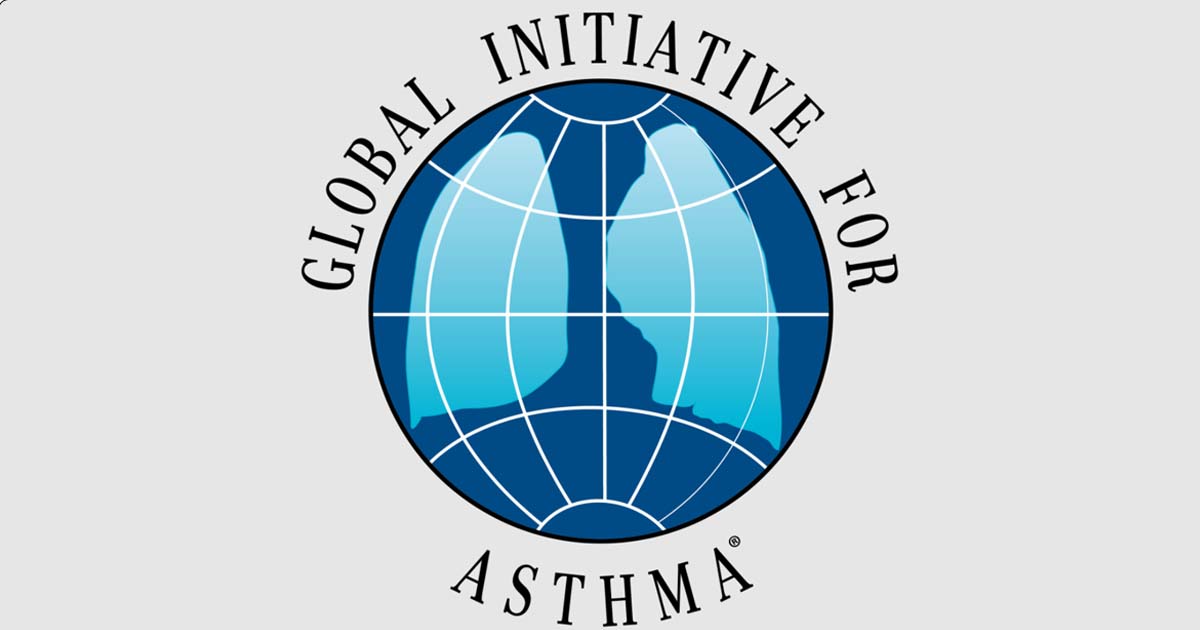The Woolcock Institute of Medical Research

Global asthma management and prevention guidelines updated
The Global Initiative for Asthma (GINA) has published an Executive Summary of its updated evidence-based strategy for asthma treatment and prevention. The Executive Summary has been published online in the American Journal of Respiratory and Critical Care Medicine.
The new recommendations have been led by the Woolcock's Professor Helen Reddel, who is Chair of the GINA Science Committee and lead author on the article.
GINA was established through a 1993 collaboration between the World Health Organization and U.S. National Heart, Lung, and Blood Institute to develop an asthma prevention and management strategy. This strategy is updated each year based on the latest scientific evidence. The GINA strategy is not an official guideline of the American Thoracic Society and has not been endorsed by the ATS Board of Directors.
Following is a summary of key recommendations from the GINA 2021 Executive Summary. A more complete discussion of these recommendations, including the rationale for key changes, can be found in the GINA 2021 Strategy Report.
- In adults, adolescents and children six years old or older, confirm the diagnosis of asthma before starting controller treatment, as confirmation is more difficult once treatment starts.
- Personalise and adjust therapy in a continual cycle of assessment, treatment and review. This strategy will minimise symptoms and prevent exacerbations.
- Do not only include medications in asthma management, but also incorporate treatment of modifiable risk factors and comorbidities, non-pharmacological strategies, and education and skills training—especially for inhaler technique and adherence.
- Asthma in adults and adolescents, as well as in children, should not be managed solely with short-acting beta2 agonists (SABA). All adults, adolescents and children 6–11 years with asthma should be treated with inhaled corticosteroid (ICS)-containing therapy. Frequency of treatment (daily or as needed) should depend on the severity of patients’ asthma.
- This year, GINA treatment for adults and adolescents was divided into two tracks, depending on the inhaled reliever medication, with each track having five steps.
- For children five years or under, manage wheezing episodes initially with inhaled SABA.
- Before stepping up treatment to control symptoms and prevent exacerbations, confirm that the symptoms are due to asthma, and identify and address modifiable risk factors.
- Once asthma is well controlled for 2-3 months, consider stepping down gradually to find the minimum effective dose.
- As part of supported asthma self-management, provide all patients with a personalised written asthma action plan, tailored to their health literacy, to enable them to recognise and respond to worsening asthma.
- Refer patients for expert advice if:
- you are unable to confidently confirm an asthma diagnosis;
- for children five years of age or under, strongly consider referral for further diagnostic investigations if the patient has very early onset of symptoms, failure to respond to treatment, or features suggesting alternative diagnoses;
- occupational asthma is suspected;
- the patient has any risk factors for asthma-related death;
- symptoms or exacerbations remain uncontrolled despite medium/high dose ICS-long-acting beta2 agonist (ICS-LABA);
- the patient needs urgent health care or oral corticosteroids (OCS) more than once a year;
- there is evidence or high risk of treatment side-effects; or
- food allergy is suspected.
According to the GINA authors, as stated in recommendation 5 above, a key change from GINA 2020 is the division of treatment recommendations for adults and adolescents into two tracks:
- Track 1 (preferred) has low-dose ICS-formoterol as the reliever at all steps: as-needed only in Steps 1-2 (mild asthma), and with daily maintenance ICS-formoterol (maintenance-and-reliever therapy, MART) in Steps 3-5. MART is also added as a new treatment option for children 6–11 years at Steps 3–4.
- Track 2 (alternative) has as-needed SABA across all steps, plus regular ICS (Step 2) or ICS-LABA (Steps 3-5).
- For adults with moderate-to-severe asthma, GINA makes additional recommendations in Step 5 of both tracks for add-on long-acting muscarinic antagonists and azithromycin, with add-on biologic therapies for patients with severe asthma.
The GINA Executive Summary is being published simultaneously in five leading international journals: American Journal of Respiratory and Critical Care Medicine, European Respiratory Journal, Respirology, Archivos de Broncopneumologia and Journal of Allergy and Clinical Immunology in Practice.
Find out more
- GINA 2021 Strategy Report
- See a discussion of this announcement in Drive to improve awareness of GINA asthma guidance, The Limbic, 20 October 2021
- About our asthma research
- News from our respiratory research










